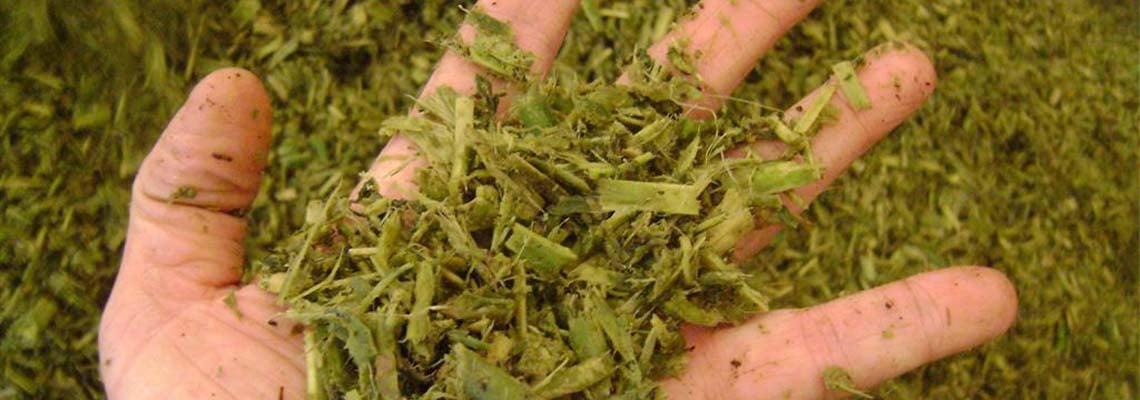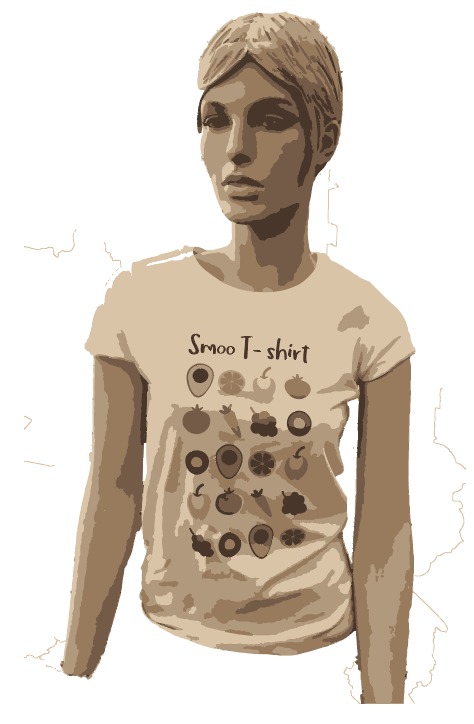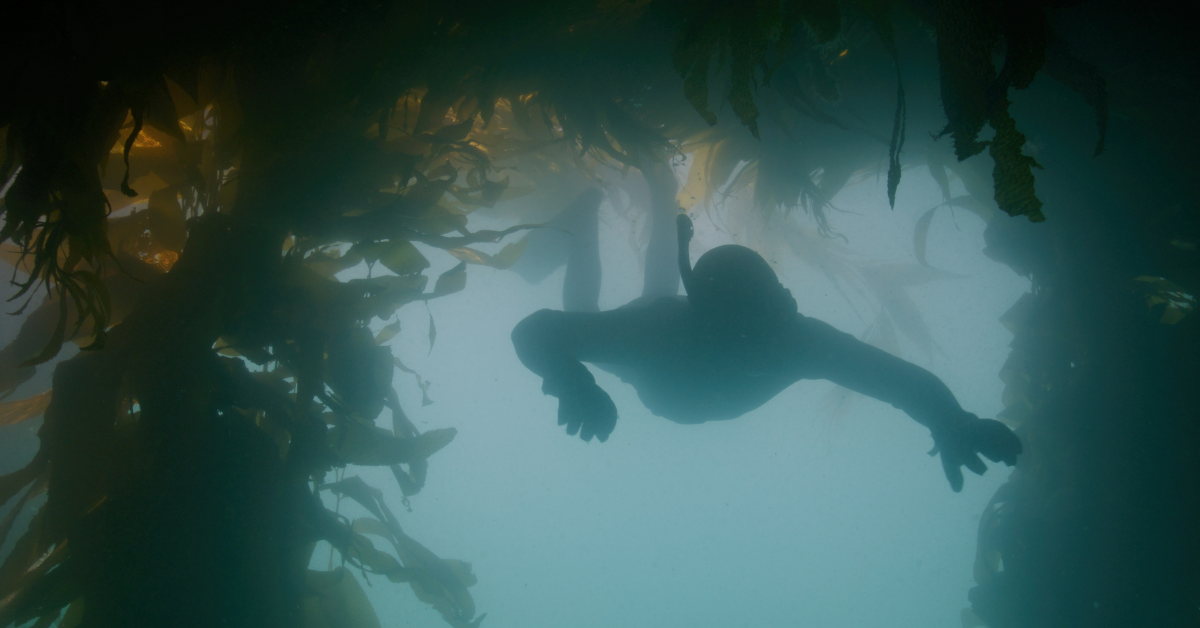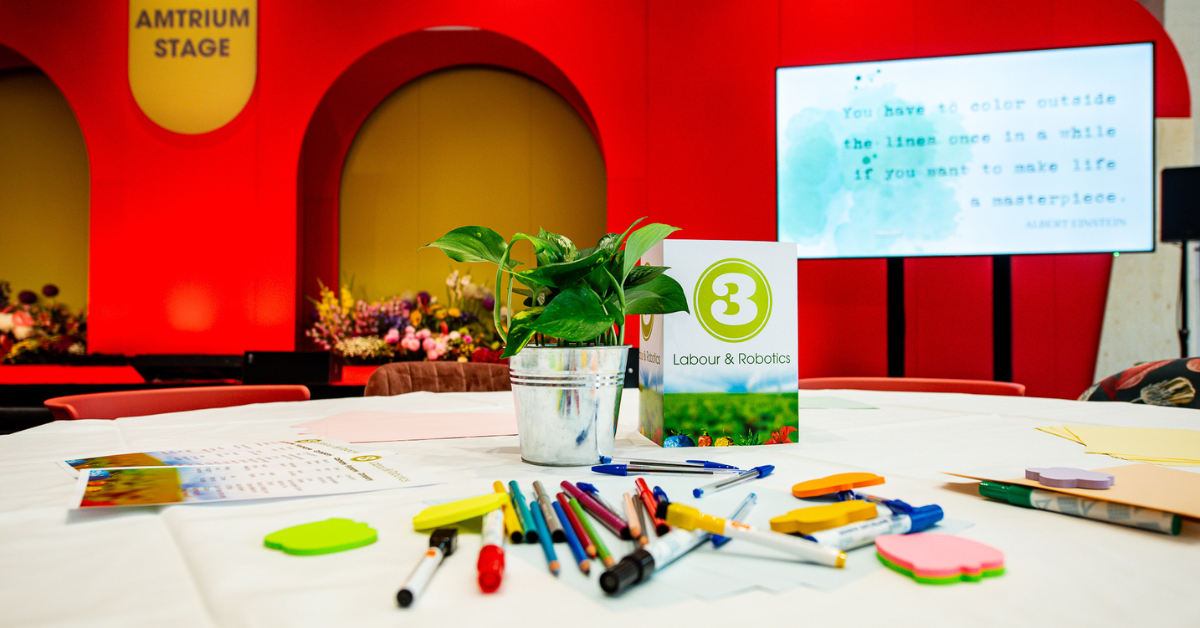Construction materials and fashion from residual streams
 Author: Jacco Strating
Author: Jacco StratingCircularity is on the rise worldwide, also in horticulture. Our ‘disposable society’ is transforming into a model in which the products of today are the raw materials of tomorrow. By valorising residual streams from horticulture, growers can help to relieve the climate and lower their ecological footprints. The European project Bioboost helps them by developing initiatives, but also by stimulating entrepreneurs to suggest ideas of themselves.
For the past fifty years, horticulture has mainly focused on producing as much product as possible at the lowest possible costs. However, in recent years sustainability has increasingly come to play a role within the sector. Therefore, several initiatives were started to further value horticultural products and residual material and to become circular as a sector. Where we have become accustomed to the constant purchase, use and disposal of new products, the circular model is based on the reuse of materials.
Industry and pharmacy
In horticulture residual streams contain for instance tomato and pepper stalks and rose branches and leaves. Or products that do not meet the high demands of customers. But why would you dispose that material if you can also come up with more valuable destinations? Until recently, fibers and components from residual streams weren’t used in any way. But now we know they can be used as raw materials for industry and pharmaceuticals, says Willem Kemmers. Kemmers is project leader at Biobased Greenport West-Holland, a network organization in the Netherlands in which companies, knowledge parties, chain parties, governments and social organizations work together to develop the biobased business in greenhouse horticulture.
Biobased Greenport West-Holland supports horticultural entrepreneurs and chain partners to bring plant residues to value. In an international context, they are part of Bioboost, a project that aims to stimulate the biobased development of horticulture in Europe.
Loading component...
Share your horticulture technology stories with us
Do you have an innovation, research results or an other interesting topic you would like to share with the international horticulture technology industry? The GreenTech website and social media channels are a great platform to showcase your stories!
Please contact our Brand Marketing Manager Murkje Koopmans.
Are you an GreenTech exhibitor?
Make sure you add your latest press releases to your Company Profile in the Exhibitor Portal for free exposure.











